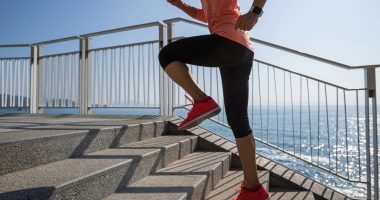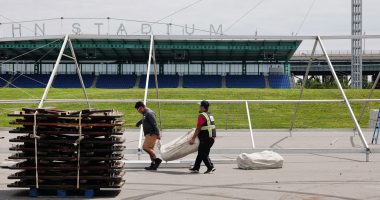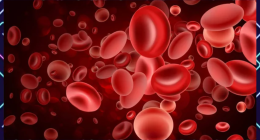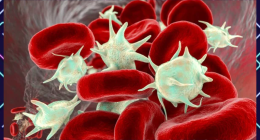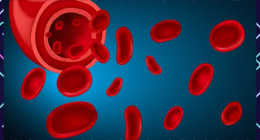Photos Show Resilience in Morocco Amid Death and Devastation – People in Marrakech and across Morocco’s High Atlas Mountains slept in the streets for the third straight night after a 6.8 magnitude earthquake on Sept. 8 tore down houses and killed more than 2,600 people. This death toll is expected to rise.
“We have nothing left, the house is completely gone,” Hmed Elmouden, told CNN from a small village south of Marrakech that was completely destroyed. “I have no idea what will happen next.”
The earthquake’s epicenter was 45 miles southwest of Marrakech, the fourth-largest city in Morocco, with more than 300,000 people affected, according to the World Health Organisation.
While rescuers have started to reach some of the remote villages in the region, their efforts have reportedly been hindered as dirt roads are blocked by boulders and debris.
Public criticism has been mounting in Morocco over the government’s response to the earthquake. Ambulances have yet to reach many of the affected areas, and many people have had to transport themselves to Marrakech for treatment, according to the New York Times.
While many countries, including France and the U.S., have offered aid, Morocco has so far only accepted help from four countries. Some international aid organizations have complained they are still waiting for permission from the authorities to get to work. “There are people dying under the rubble, and we cannot do anything to save them,” Arnaud Fraisse, founder of Rescuers Without Borders, told the Associated Press. His team is still waiting for a green light to enter Morocco.
“At this time, it’s very difficult because of the high temperatures and the way the buildings have collapsed. I don’t think I’ve seen a survivor being brought out yet,” says David Andersen, a nurse with UK-Med, a British medical charity, from the village of Anougal in the Atlas Mountains. “There are people who have survived but are trapped,” he adds.
For people looking to help, Andersen recommends donating money rather than food or blankets, as “the systems tend to get overwhelmed with that kind of thing. And not it’s not always as useful as people may believe it is.”
In the areas aid groups have yet to reach, communities have banded together, sharing homes and supplies. “If your house is half damaged and you still have some furniture, some food, you share with people whose houses are fully destroyed,” Ali Ouali Abdelgahni told the Washington Post in the small town of Amizmiz.
“It’s a catastrophe,’’ Salah Ancheu said to the AP from Amizmiz. “We don’t know what the future is. The aid remains insufficient.”
—Anna Gordon contributed reporting
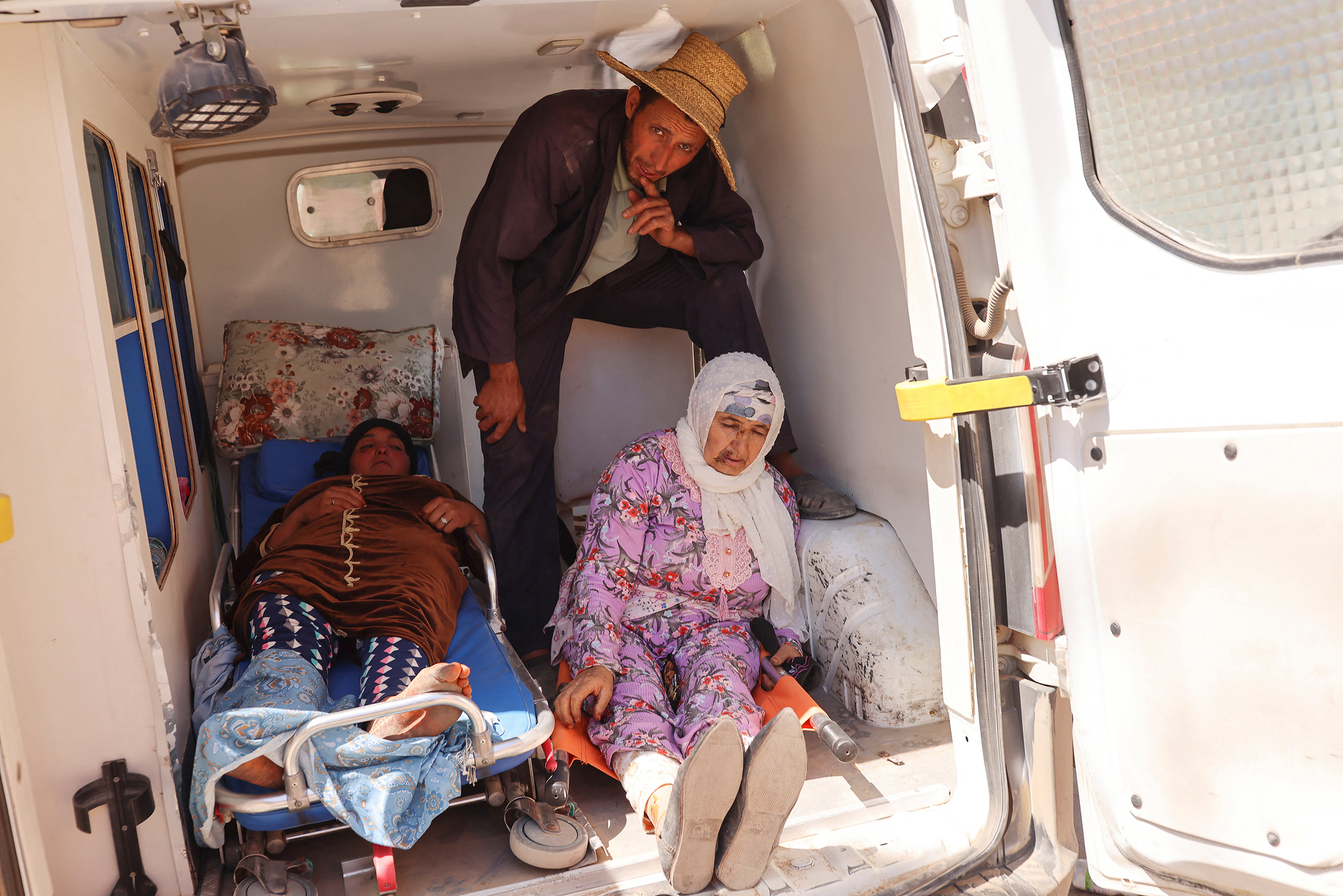
A man looks on, next to women who were rescued, in the back of an ambulance, in the aftermath of a deadly earthquake, in Amizmiz, Morocco, Sept. 10.
Nacho Doce—Reuters

Hiba, 21, looks on as her two-year-old daughter Sei Eddine plays on the mattress in the aftermath of a deadly earthquake in Amizmiz on Sept. 10.
Nacho Doce—Reuters
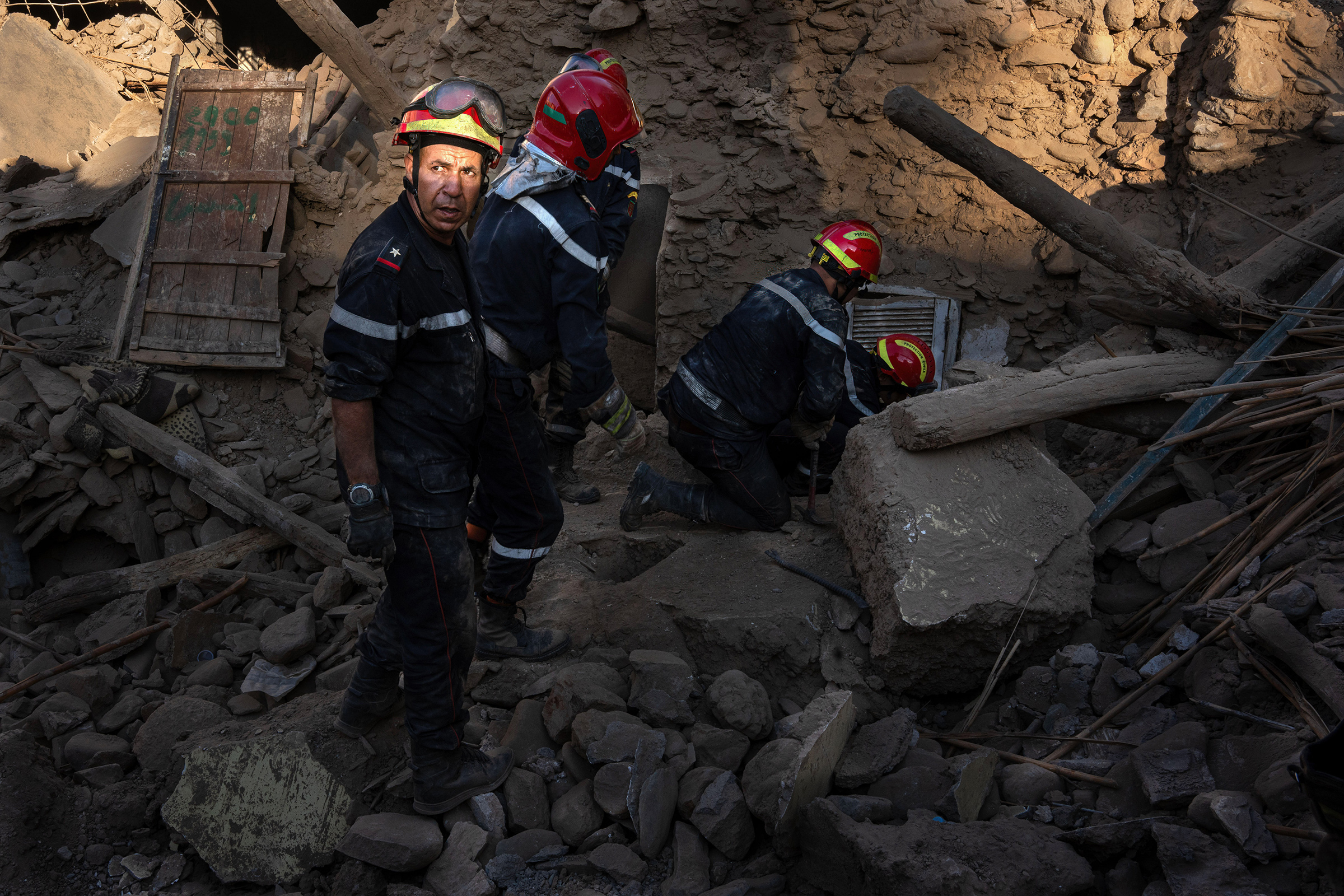
Moroccan firemen work to remove the bodies of people who were crushed to death when a cafe collapsed during the earthquake in Amizmiz on Sept. 10.
Ximena Borrazas—SOPA Images/LightRocket/Getty Images

People receive food in the aftermath of the earthquake in Adassil on Sept. 11.
Nacho Doce—Reuters
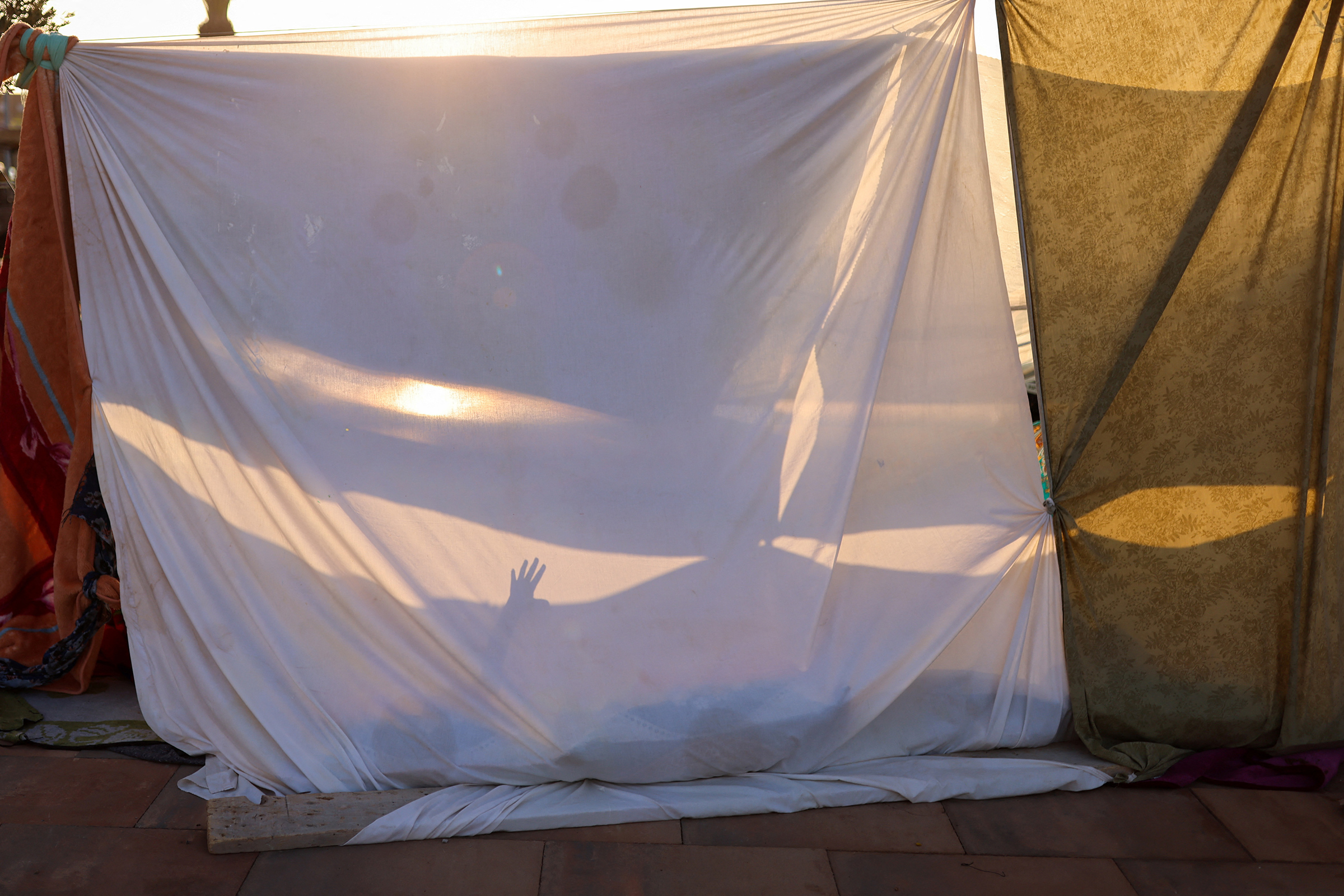
A resident rests in a makeshift shelter on a Marrakech street next to a Gare Routiere in the aftermath of the earthquake on Sept. 10.
Nacho Doce—Reuters

Hasna, 44, kisses her son Mohamed Jad, 5, inside their damaged house in Moulay Brahim village, in the province of Al Haouz, on Sept. 9.
Nacho Doce—Reuters
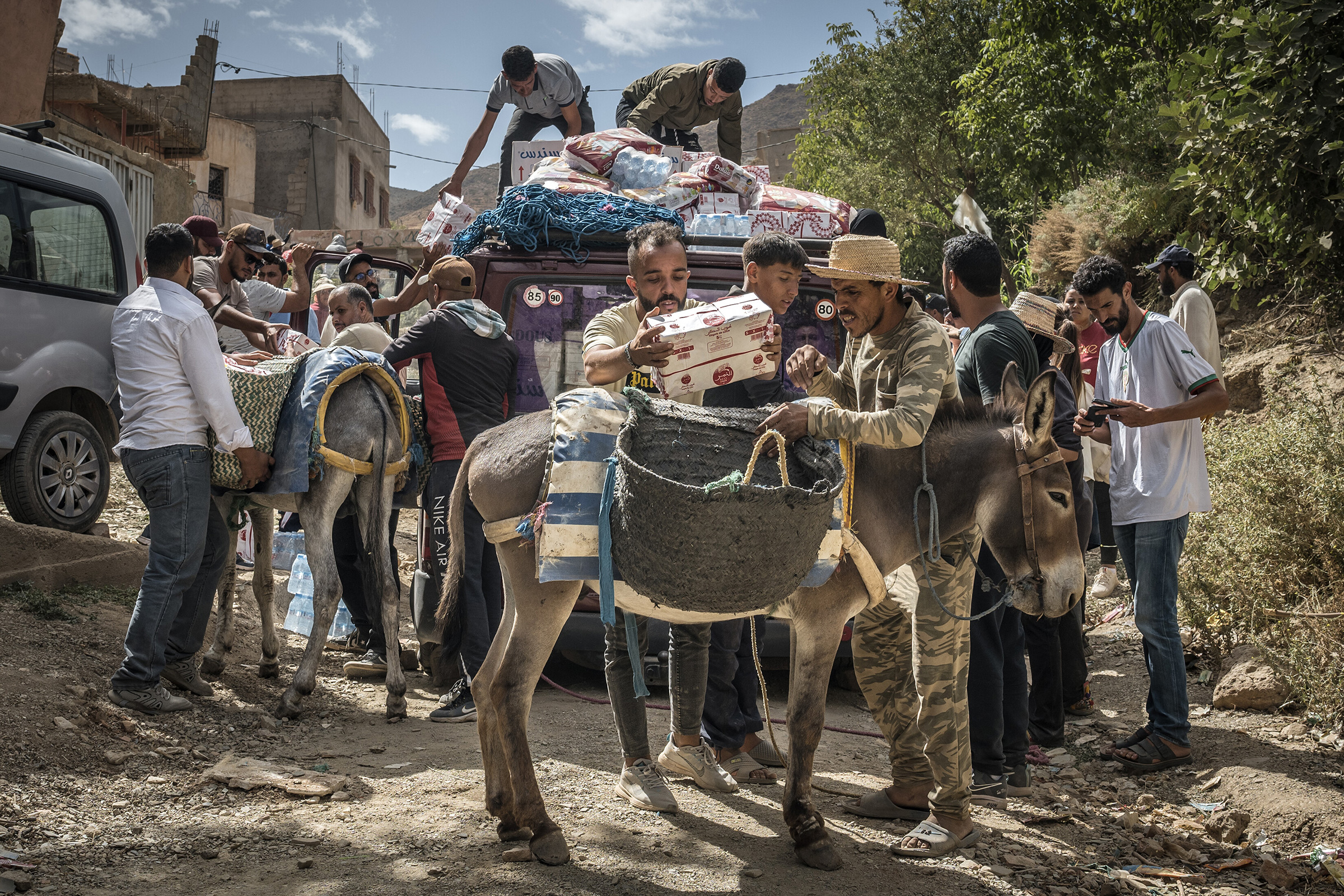
People load aid to donkeys to transport to hardly accessible houses in Douar Tnirt village in the Atlas Mountains in the hard-hit Al Haouz province on Sept. 10.
Sergey Ponomarev—The New York Times/Redux

The foot of a man stuck under rubble while a rescue operation for him is underway after an earthquake in Moulay Brahim village, near Marrakech, on Sept. 9.
Mosa’ab Elshamy—AP

People play soccer next to a woman resting on the sidewalk in Marrakesh, following a powerful earthquake in Morocco, Sept. 9.

